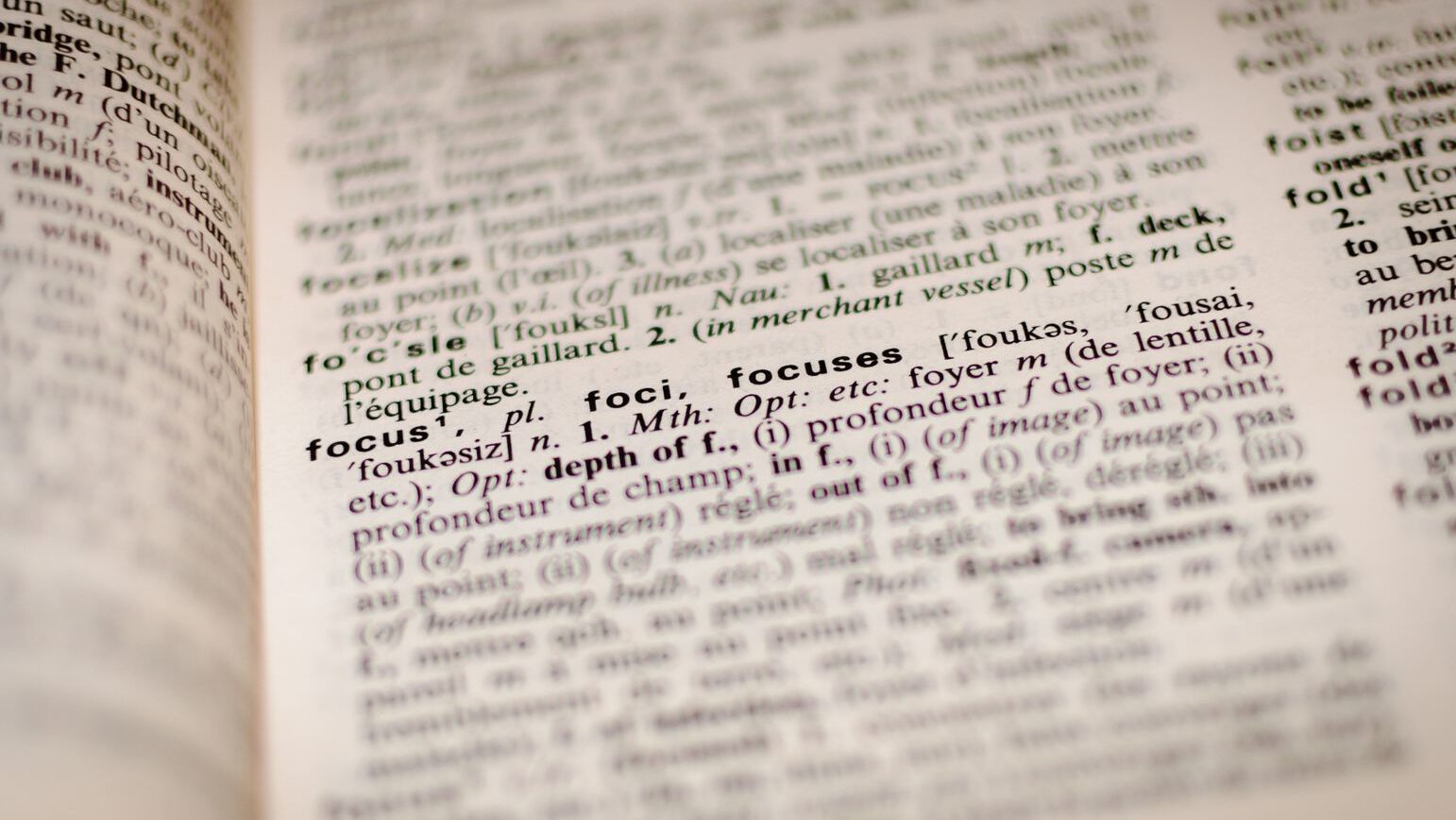Focus is one of the most common and frustrating problems we face as photographers, and one of the worst solvable. You don't know how many fantastic images have ended up in the recycle bin because of a focus problem.
Because it is not only a common problem, it is also one of those with the worst solution. For this reason, because I know that it takes you as crazy as it did me at the time, I want to share with you the most frequent mistakes that I have made with the approach.
But above all, I am going to share with you how I have solved them, I hope my advice will help you to avoid the frustration of a poorly focused photo as much as possible ?
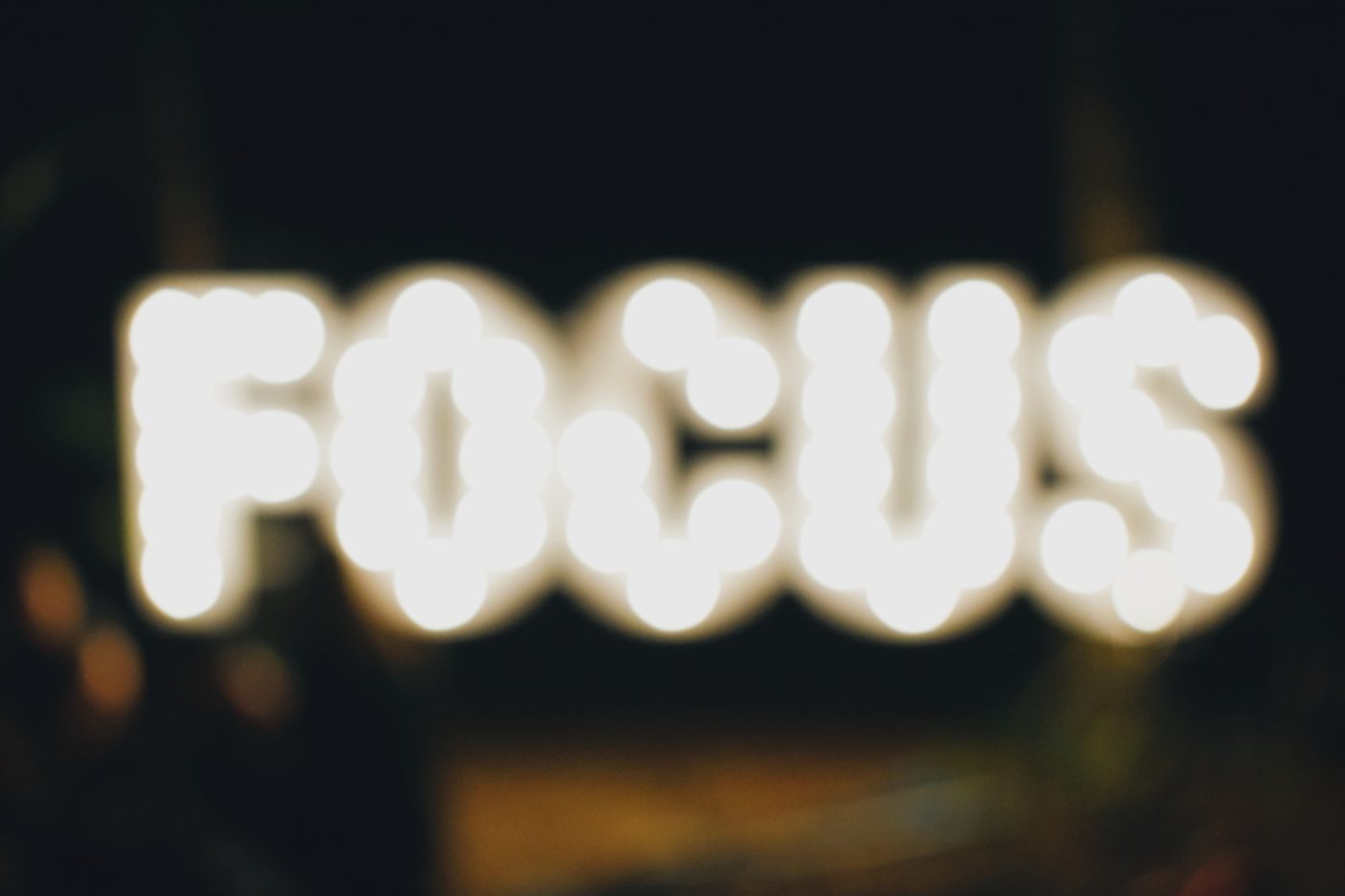
1. ABUSING THE APERTURE OF THE DIAPHRAGM
By now you may have gotten your hands on the brightest lens you could afford. Congratulations, great decision. And since you have that super aperture of f/1.4 or f/1.8, how can you not use it at all times and for every occasion?
Well, as you know, the aperture of the diaphragm is related to the depth of field , or what is the same, with the area in focus in the image .
The more we open the diaphragm, the less focused area in the image. Therefore, working with very open diaphragms makes it quite difficult to hit the focus.
MY ADVICE?
Don't work at maximum aperture unless you need to and are fully aware of it. That is, do not go by default taking photos at f / 1.4. The approach gives a lot of trouble to these values. Also, remember that the maximum sharpness of each objective is never at the extreme values of the diaphragm. So, all the more reason ;).
Now, if you need light, if you want an extremely blurry background and you're in a situation where you can clearly control the focus, then go ahead, there's nothing stopping you from squeezing the light out of your subject.
2. FOCUS AND REFRAME
Another of the most common focusing problems that we usually commit is to focus on our center of interest and then slightly vary the frame to compose. Surely it is because we have a specific area as a focus area, normally the central one that is the one that usually detects the contrast best.
Although it seems like a minimal movement to us, the truth is that by varying the frame, what we call parallax error occurs and this, when we work with wide apertures, gives us a very clear focus error.
MY ADVICE?
Use a suitable focus mode for each occasion so you don't have to reframe. You can take a look at this article where at the time I explained how to configure the focus of your camera according to the photographs we want to take .
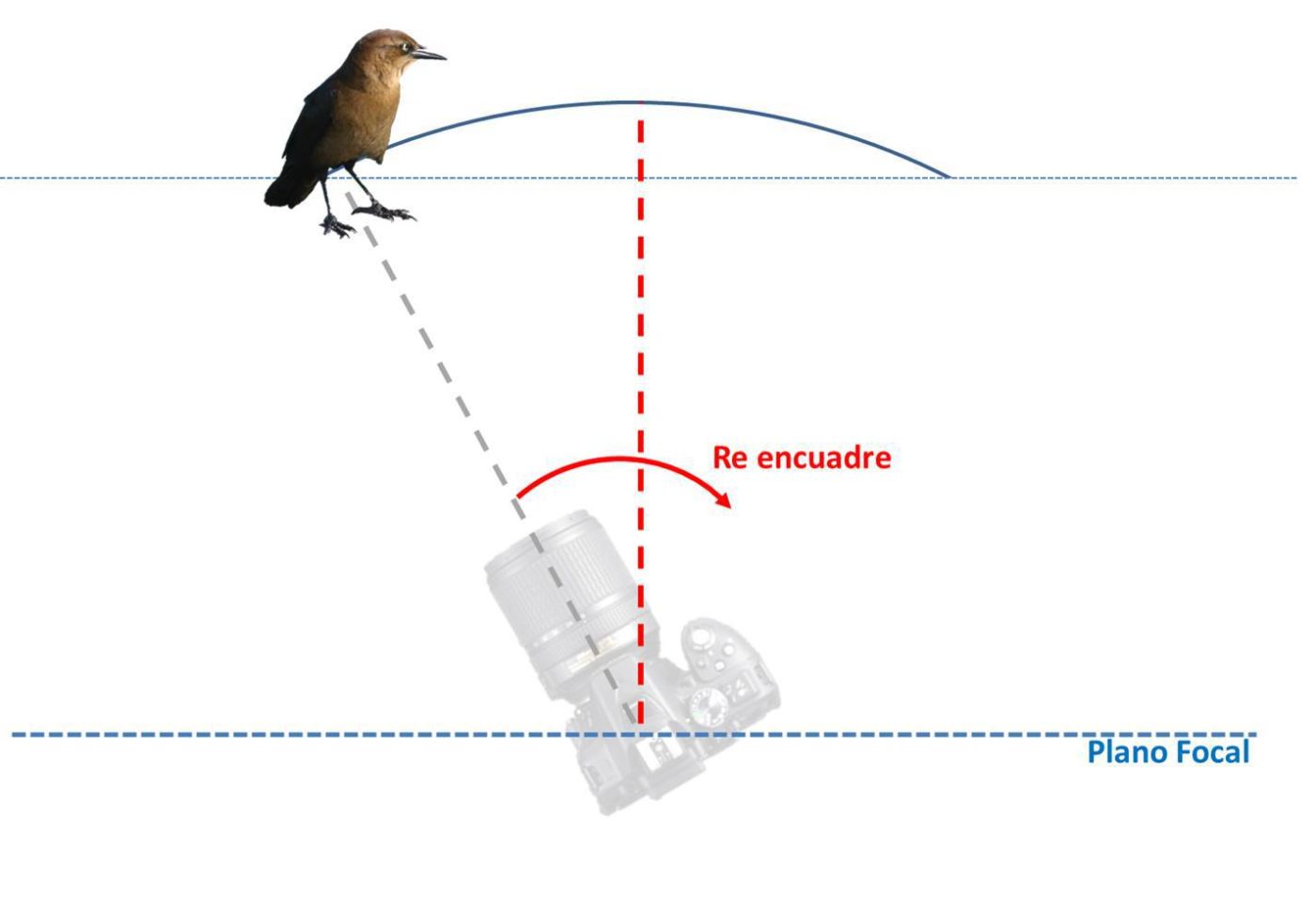
And, as in the previous case, if you have to do it because you can't do it any other way, remember that the more you close the diaphragm, the more chances you have of the well-focused area appearing in the image.
3. LOW LIGHT SCENARIOS
Another scene that takes us upside down is when we have little light . We tend to rely much more on autofocus than on our manual focusing capabilities. And there we can spend an hour, focus forwards, focus back, in an infinite search for focus.

MY ADVICE?
If there is no light, find one: you can activate the help light that is integrated, or illuminate the scene with the flashlight of the mobile until you get the focus. Once achieved, so as not to lose it again, you put the camera in manual and that's it.
If focusing manually is good for you and you need speed, try focusing manually directly ? .
4. BEING TOO CLOSE
I don't know if you know that every lens has a minimum focusing distance and below that it can't focus correctly. The more angular our objective is, the smaller that minimum distance is and the longer, the greater.

MY ADVICE?
Find out what that minimum distance is. In the focus ring you usually find the minimum focus distance marked, so you can adjust it precisely. If you can't find it, read the specifications of your lenses to find out.
It seems silly but this can play tricks on us, we think that we have focused what we wanted perfectly, but the focus is just behind where we wanted. Total disaster.
5. MISFOCUSED EYES IN PORTRAITS
Another thing that I have learned through many mistakes is to pay close attention to the focus on the gaze in portraits . While not all images need to be in focus on the eyes, I have learned that the fact that they are not requires an explanation.
Because for me, the lack of focus in the eyes is one of the most annoying focus problems.

Let me explain, the look in a portrait is everything. I have learned it over time. Many times it carries the weight of the force of that portrait in question. That it is not focused requires, as I have said, an explanation, that is, a motive, an objective. That we want to highlight something in particular, a curl, the delicacy of the earlobe, etc.
If there is no other reason, focus on the eyes, always.
MY ADVICE?
If you're really into portraiture, you might want to work with a single point focus area, which is how I do it. It is the most precise, although it requires you to decide at each moment where the focus is placed.
6. WRONG SHOT PRIORITY
I know that we are lazy to read the user manual for our cameras, but I assure you that it is a task that does not fall on deaf ears.
You will surely end up discovering that your camera does things that you cannot imagine, among them, being able to decide if you prioritize the camera to take the photo at the moment you press the shutter, or to do it only when you have the focus selected.
That is, if you want focus or shooting priority.
MY ADVICE?
Don't just set your camera priorities once and forget about them. The best thing is that you learn to navigate through them depending on the type of photography you are doing at the moment.
There will be moments in which a focus priority will be the most appropriate: macro photography, portrait, landscape... but others in which the importance of the image will override the precision of the focus: sports, concerts, streetphotography , etc.
7. THINKING THAT THE MORE I CLOSE THE DIAPHRAGM, THE BETTER
Especially in our first adventures in landscape photography or similar, our approach is usually: "If by closing the diaphragm I get the largest area in focus in the image and what I want in landscapes is precisely that, then I close as much as possible."
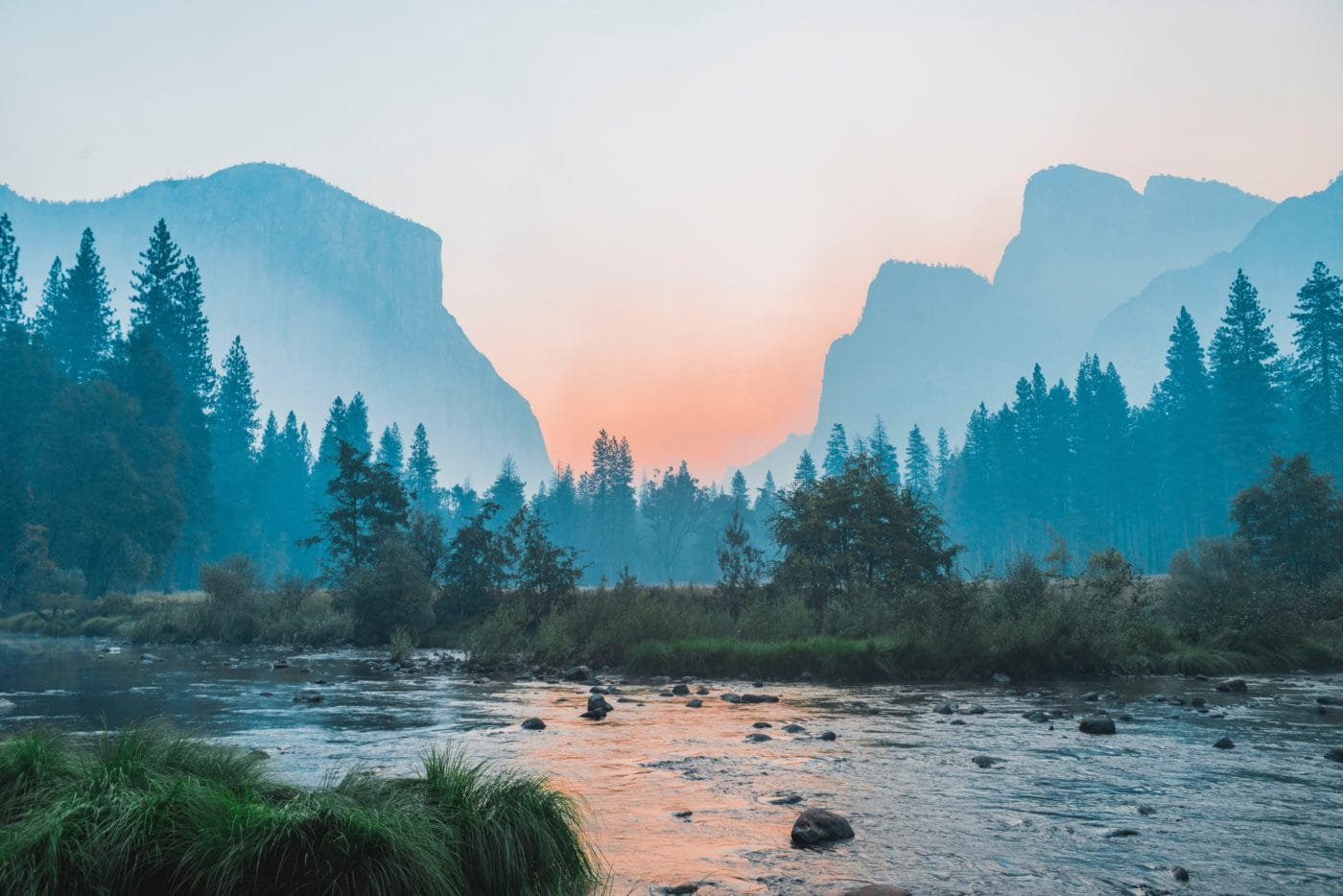
It seems logical and, although it would not be a focus problem as such, it does have to do with sharpness. Lenses never offer maximum quality at the extreme ends of the aperture.
MY ADVICE?
To get the largest area in focus in the image without losing sharpness, you have to resort to the hyperfocal distance combined with the sweet spot of the lens.
8. OVERESTIMATING MY GOOD HAND
In photography there are a lot of rules, rules and tricks. Sometimes you have a head like a drum with all of them sailing through your head. Like when you were studying for a math test but you didn't know it very well, and you had all these formulas running around in your head. Everything sounded familiar to you but you couldn't hit the mark ;).
Luckily, we don't have any exams to pass, so it's okay to simplify our way of doing photography, especially when we start.
One of the things I learned was the minimum speed at which I should work based on the focal length of my objective. If it was a 50mm, I knew that I should more or less shoot above 1/50s, if it was a 24mm, then above 1/25s.
I followed that rule to the letter but of course, yes and no. It depends on so many things. And of course, I'm wrong, photos are shaky everywhere, because yes, that rule is more or less valid, but it depends on other factors, like what you're photographing is static or not and your good or bad hand ?
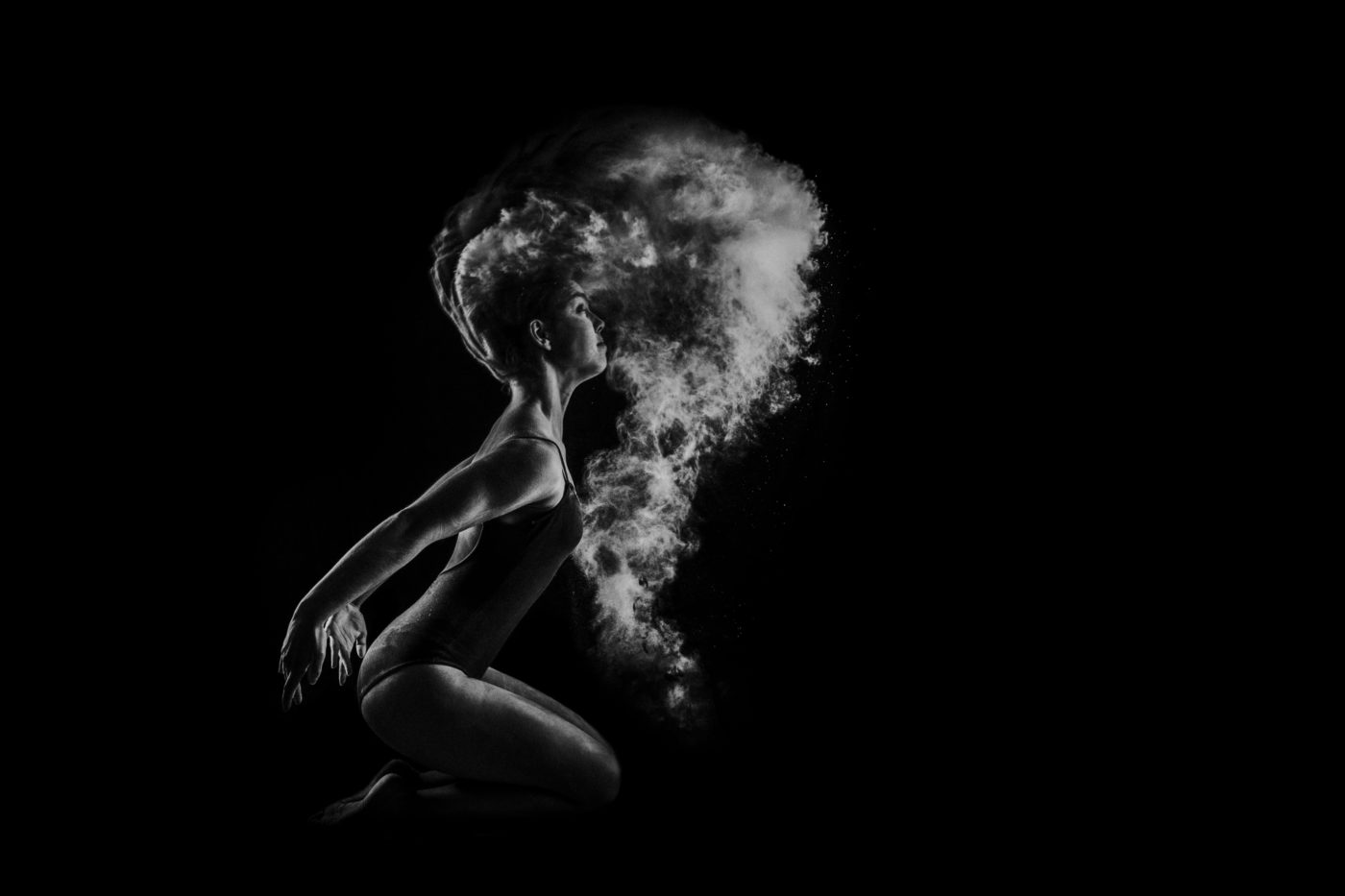
MY ADVICE?
There is learning to be flexible with everything we think we know. There are many things that work, but among many "", because in photography no two moments are the same. The light changes constantly, things move, we move even if we don't appreciate it.
Learning to hold the camera correctly and be aware of everything around us, anticipate movement and not "hurry" with the settings unless absolutely necessary, is advice that has served me well in general.
That is to say, if you have enough light, it is not necessary to be at 1/60s and f/22, you surely do not need that depth of field so you can open the diaphragm a few steps , and work at much higher speeds that will ensure a very sharp image and focused.
In short, experience is a degree, and in the end things are learned by taking photos, looking for mistakes and trying to correct them. It is at least the way in which I have learned photography these years ( and what I still have to learn ?).
I don't know if we will share errors or focus problems, I suppose some will, so I hope I have helped you somewhat with these tips for focus problems. If you found it interesting, you know, help us spread it so we can continue creating interesting content for you.
Thank you very much, we read each other here ?

